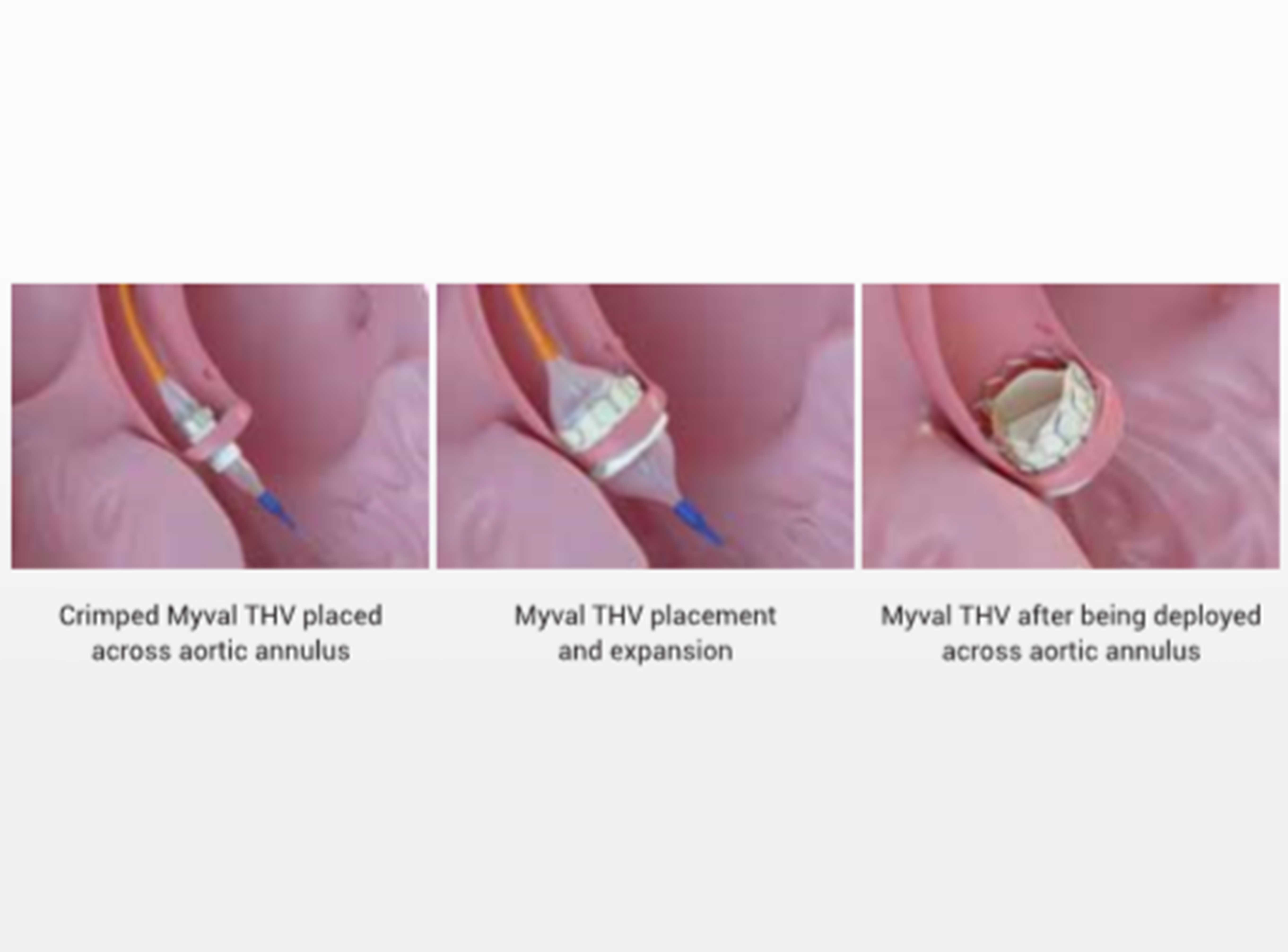
The Meril Life in the news section exists to look at the current state of the healthcare industry, the world at large and our impact on the world. From headlines that make India proud to informing readers about the precautions that should be taken to deal with the CoronaVirus pandemic. The ‘in the news’ section is our way of giving back to the world. Meril Life continues to make headlines for their contributions to Medtech, creating products which reduce discomfort for patients headlines that make our country proud. While we are always glad to be making a global change that helps everyone, sometimes it can be as simple as helping an individual. After all, it is only when we are able to help make an individual’s life easier that we will be able to make an impact on every single human life. So, today we would like to share some light on one individual case that was recently covered by the American news outlet – KTBS-TV. Today, we would like you to meet Wanda Lyons and how TAVR technology changed her life for the better.
The patient
Wanda Lyons’ was born with a congenital heart defect. In her old age, she knew that she was at risk of requiring a severe heart procedure. Being a retired nurse herself, Wanda was no stranger to hospitals and open heart surgeries. She began to notice that she was losing her stamina too quickly and required stopping two or three times just to tend to her garden. Being well-versed in the symptoms of coronary artery disease, she decided to visit the hospital where she used to work for a check-up. Looking at her case, the cardiologist at ACS general hospital, Dr. Rodney Reeves, considered the TAVR. procedure as the preferred method of treating Wanda Lyons.
The procedure
TAVR is an acronym for a transcatheter aortic valve replacement procedure. It is an alternative treatment method to open-heart surgery where a fully collapsible valve is placed directly into the heart valve through a catheter. Being a therapy that had been approved merely 6 months prior, Lyons had her doubts. However, Lyons could not hide her own surprise at just how quick, easy and helpful the procedure was. The procedure took place through a tiny puncture in her leg. It was done in a total of three hours and by the same evening; Lyons was healthy enough to be walking around the nurse’s station to meet with new and old colleagues alike. In less than a week, Lyons was free to leave the hospital and enjoy her new lease on life.
Benefits of TAVR
Based on the 30-day primary outcome data, these are the observable benefits of using Myval in patients.
- Lowers incidences of stroke
- Lowers device-related mortality
- Lowers the need for a pacemaker
- 97% device success rate displayed during the 30-day trial
- Cobalt alloy frame for high radial strength and radiopacity
- Lowers the risk of myocardial infarction
- Lowers risk of major and minor vascular complications
TAVR technology
Myval Transcatheter aortic valve replacement (TAVR) system is a minimally invasive procedure to replace the aortic valve in patients with severe aortic valve stenosis or heart murmur. TAVR and TAVI are both terms used to describe the same procedure. Valve replacement procedures generally require an open-heart procedure with a “sternotomy”, in which the chest is surgically opened. The TAVR or TAVI procedures on the other hand require very small openings that leave all the chest bones in place. While TAVR is not without risks, it provides treatment options to people who may not be considered for an open heart procedure. In some instances, the TAVR procedure can take place without general anesthesia and without stopping the heart. The benefits of opting for TAVR include reduced pain & anxiety, improved heart function, shorter hospital stay, faster recovery times and a better quality of life. These are just a few of the reasons why TAVR technology is becoming so popular in recent years.
The doctor and patient understand the conditions and then determine whether open-chest surgical aortic valve replacement (SAVR) or minimally invasive transcatheter aortic valve replacement (TAVR) is the better option, taking into consideration a wide range of factors, including the patient’s own preferences. The TAVR procedure may relieve signs and symptoms of aortic valve stenosis and improve your overall health and quality of life. It is one of the several innovations and medical devices that Meril Life Science has on their side when faced with the daunting mission of providing better healthcare solutions and medical devices to the world. Wanda Lyons is just another example of the fact that we are heading in the right direction towards meeting that goal.
Comments
Post a Comment